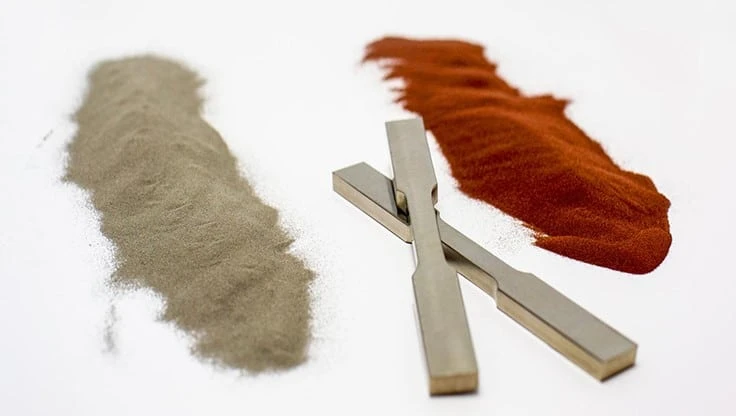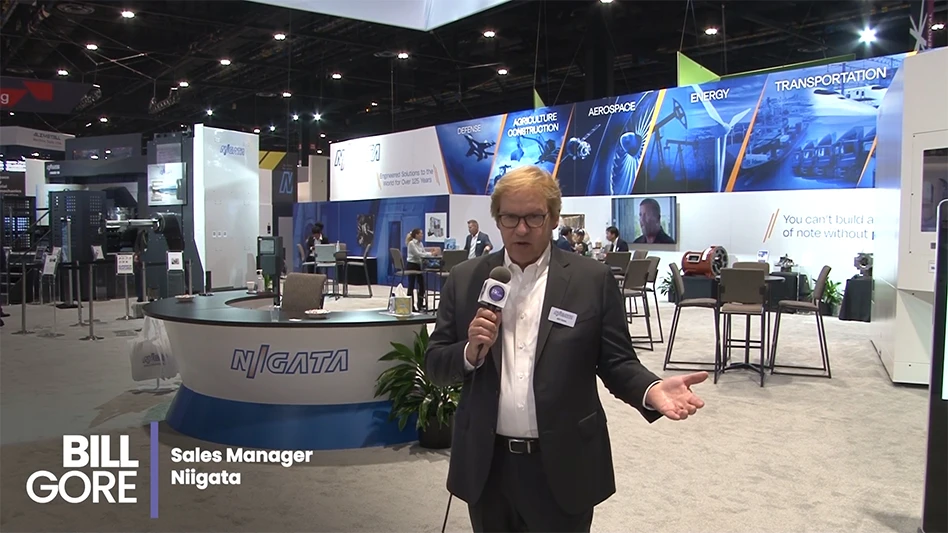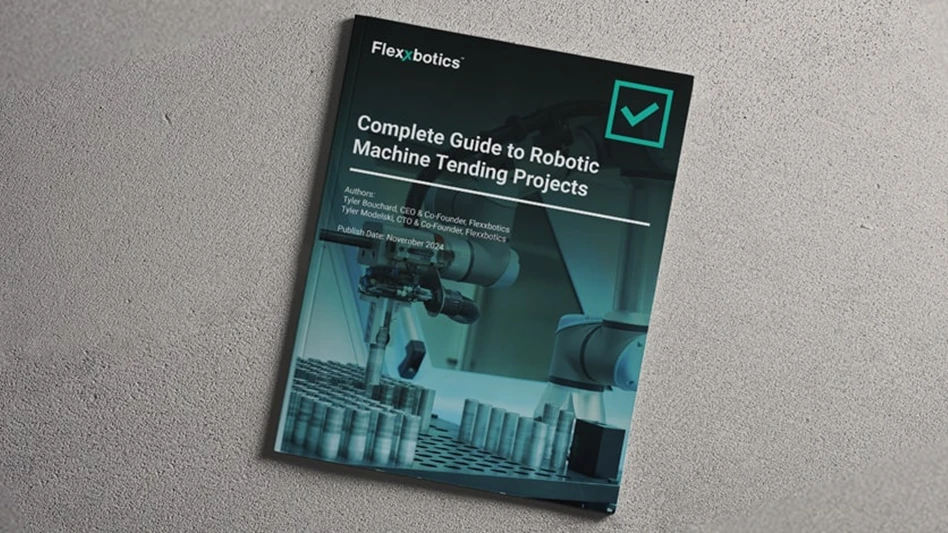
RMIT University
Successful trials of titanium-copper alloys for 3D printing (on a Trumpf TruLaser Cell 7020) could kickstart a new range of high-performance alloys for medical device, defense, and aerospace applications.
Current titanium alloys used in additive manufacturing (AM) often cool and bond together in column-shaped crystals during the 3D printing process, making them prone to cracking or distortion.
And unlike aluminum or other commonly used metals, there is no commercial grain refiner for titanium that manufacturers can use to effectively refine the microstructure to avoid these issues.

But now a new titanium alloy with copper appears to have solved this problem.
Professor Mark Easton from RMIT University's School of Engineering says their titanium-copper alloy printed with exceptional properties without any special process control or additional treatment.
"Of particular note was its fully equiaxed grain structure: this means the crystal grains had grown equally in all directions to form a strong bond, instead of in columns, which can lead to weak points liable to cracking,” Easton says. "Alloys with this microstructure can withstand much higher forces and will be much less likely to have defects, such as cracking or distortion, during manufacture.
The collaborative project involved leading researchers in the area of alloy composition and grain microstructure from RMIT University, CSIRO, the University of Queensland, and The Ohio State University.
CSIRO Senior Principal Research Scientist, Dr. Mark Gibson, says their findings also suggest similar metal systems could be treated in the same way to improve their properties.
"Titanium-copper alloys are one option, particularly if the use of other additional alloying elements or heat treatments can be employed to improve the properties further,” Gibson says. “But there are also a number of other alloying elements that are likely to have similar effects. These could all have applications in the aerospace and biomedical industries."
Gibson notes the new breed of alloys could increase manufacturers' production rates and allow for more complex parts to be manufactured.
"In general, it opens up the possibility of developing a new range of titanium-based alloys specifically developed for 3D printing with exceptional properties," Gibson says. “It has been a delight, as it has been my good fortune for some time, to work on such an interesting and significant project as this with such a talented band of scientists."
Latest from Today's Medical Developments
- Best of 2024: #10 Article – Designing medical devices for every user
- Best of 2024: #10 News – 4 predictions for 2024: AI set to supercharge robotic automation
- Children’s National, FDA collaborate to advance pediatric device regulatory tools
- LK Metrology’s eco-friendliness CMMs
- Two patents for microfluidic valves
- AMADA WELD TECH’s blue diode laser technology
- Post-IMTS decline in manufacturing technology orders blunted
- ARS Automation’s FlexiBowl 200





